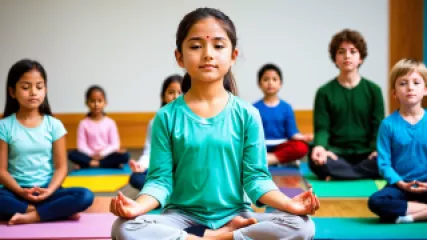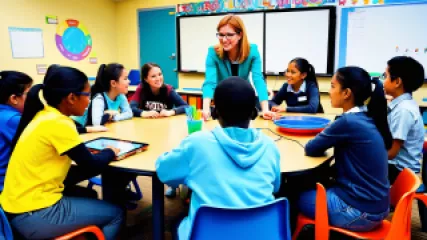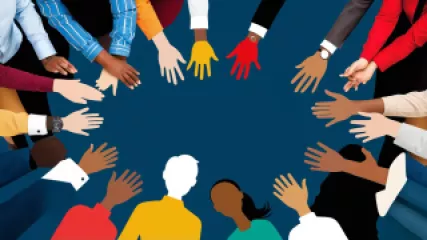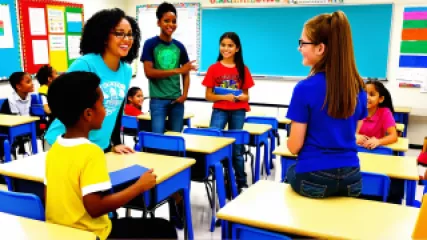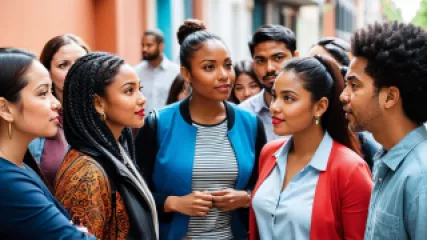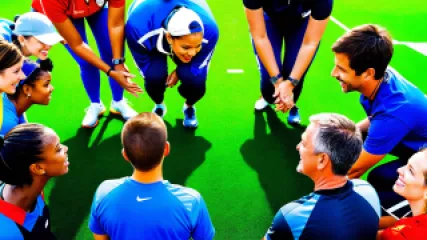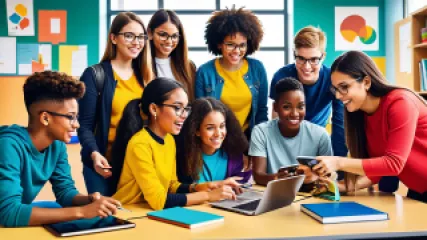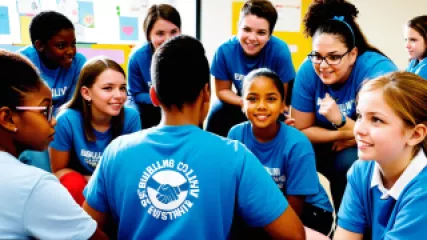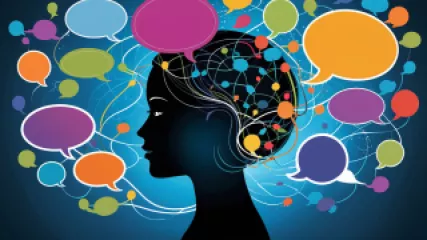Mastering Mindfulness in Education: The Ultimate Guide
for 1 år siden
Mindfulness i Uddannelse
Key Findings in Educational Psychology Research
for 1 år siden
Uddannelsespsykologi
Confronting Bias: A Practical Guide
for 1 år siden
Konfrontere Bias
10 Essential Educational Psychology Tips for Improved Student Outcomes
for 1 år siden
Uddannelsespsykologi
The Ultimate Guide to Addressing Biases
for 1 år siden
Konfrontere Bias
10 Communication Experts Share Their Secrets to Enhance Your Skills
for 1 år siden
Kommunikationsfærdigheder
10 Best Mindfulness Practices for Educators
for 1 år siden
Mindfulness i Uddannelse
The Therapeutic Benefits of Self-Disclosure in Emotional Healing Sessions
for 1 år siden
Terapeutisk Selvafsløring
Behind the Scenes: Uncovering Bias with Expert Insights
for 1 år siden
Konfrontere Bias
Embracing Healthy Peer Competition in Coaching
for 1 år siden
Håndtering af Konkurrence blandt Jævnaldrende
The Impact of Educational Psychology: An Opinion Piece
for 1 år siden
Uddannelsespsykologi
Expert Insights on Bullying Prevention in Schools
for 1 år siden
Forebyggelse af Mobning
Mastering Mindful Communication: A Step-by-Step Guide
for 1 år siden
Bevidst Kommunikation
How to Build Resilience in Handling Peer Competition
for 1 år siden
Håndtering af Konkurrence blandt Jævnaldrende
Exploring the Impact of Mindful Communication in Relationships
for 1 år siden
Bevidst Kommunikation

